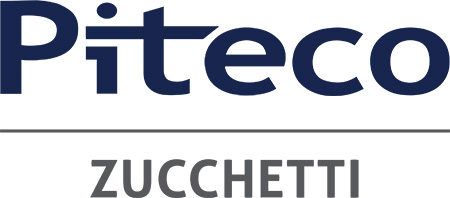Corporate Financial Risk Management
The rapid spread of the use of derivatives and the ensuing regulatory and legislative interventions aiming to promote a higher degree of disclosure with respect to the use of these products by companies has required corporations to put adequate market financial risk management processes into place. Piteco’s complete corporate Treasury management offering includes a highly specialised solution dedicated to Corporate Financial Risk Management.
The modular FM suite
FM – Financial Modelling – is a modular suite that offers advanced, integrated functions to properly support the entire process. This solution manages market risks in risk control strategy planning, historical analysis and forecast assessment, accounting and regulatory compliance processes.
It is intended primarily for companies with exposure to interest rate, exchange rate and commodity risks, handling Derivatives Management, Exposure Management, Hedge Accounting & Risk Management and Integration functions.
Derivatives Management
This solution handles every aspect of derivatives: from transaction entry and the correlated administrative activities, to fair value assessments, to association with the exposures to be hedged, to the production of accounting entries, to management reporting and reporting accompanying the financial statements.
Types linked to interest rate risk (IRS, Amortized IRS, FIRS, CCS, Floor, Cap), exchange rate risk (Forward, Spot, FX Swap, NDF, CCS, Forex Option, Barrier Option, Zero Cost Collar, Flexible Forward, Accumulator, Exotic Forex Option) and commodity risk (Commodities Future Listed, Commodity Swap, Commodity OTC Option, Accumulator) are managed.
Exposures
Exposures to market risks are generated based on contractual data and reporting data.
Alongside the complete management of the debt (and investment) instruments for which the individual instruments (loans, bonds) are themselves exposures, it is possible to manage consolidated rate exposure profiles based on repayment plan and cash flow aggregates.
There may be exchange rate exposures from budgets, orders and invoices; FX exposures implicit in commodity transactions; exposures extracted from financial statement information such as commodity exposures, represented by budgets, orders and invoices.
Aggregation of exposures and derivatives and Hedge Accounting features
The aggregation between exposures and derivatives may be based on management requirements to better monitor mismatches and profitability, monitor and perform IFRS testing and manage movements in the Cash Flow Hedge and Fair Value Hedge reserves, also due to links with the occurrence of events that trigger transfers of reserves to the income statement.
Risk Management
The system also calculates Fair Value based on market practice, CVA/DVA, including with customisable models, sensitivity analyses based on deterministic scenarios or based on assumptions of changes in the current market scenario (Risk analysis, What if Analysis, Portfolio Analysis). It is also possible to perform the typical assessments required by IFRS and Local GAAP accounting methods (FV hedge, cash flow hedge, IAS39, IFRS7, IFRS9, IFRS13, Hedging card), in addition to typical administrative activities concerning reporting to external parties (EMIR, Trade Repository) and reclassifications, providing auditors with detailed reporting justifying the results.
Integration with Market Providers
The system may be integrated with the most common market providers such as Bloomberg, Refinitiv and VWD to retrieve prices, curves, volatilities and exchange rates, as well as with the various trading systems.
Integration with Piteco EVO
The native integration of the FM suite with Piteco Evo functions guarantees that the Cash Management situation will be continuously updated and enables overall financial assessments using Cash Flow Mapping, Cash Capital Position or Funding Risk models that provide adequate tools to maximise company value and expected benefits.
CFRM processes are optimised thanks to customisation applicable to workflows in relation to the Segregation of Duties and the automation of limits defined by company risk policies, reminders and automatic printing.



